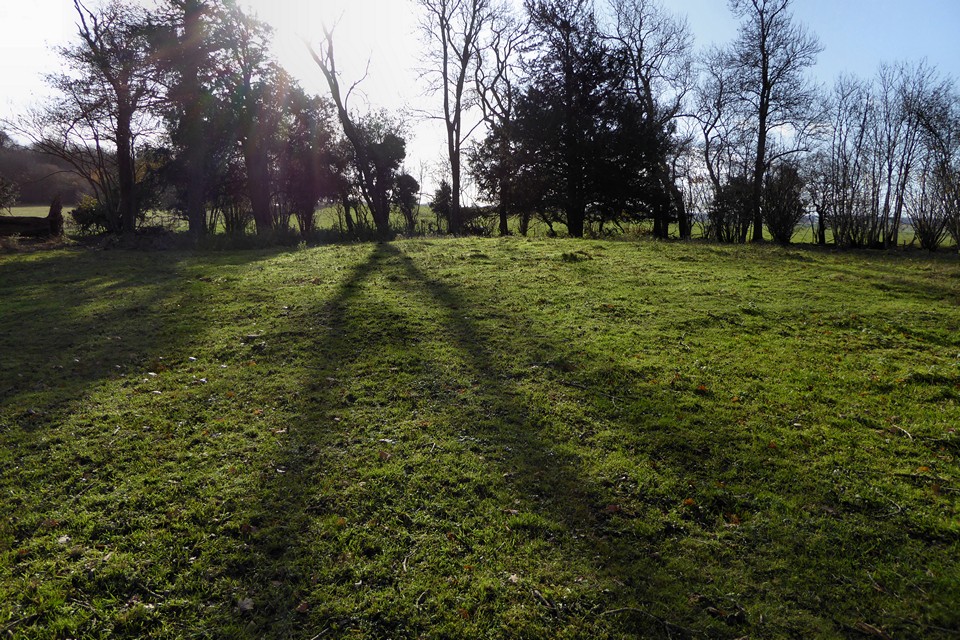The following account of the ridge eastwards of Stonehenge by William Stukeley, giving the term Old and New, to the Barrow groups.
At the bottom of the valley, and the end of the strait part of Stonehenge avenue, 100 cubits from Stonehenge, as we said, the eastern wing of the avenue turns off to the right, with a circular sweep, and then in a strait line proceeds eastward up the hill. It goes just between those two most conspicuous groups of barrows, crowning the ridg of that hill eastward of Stonehenge; between it and Vespasian’s camp, separated from them both by a deep valley on each side. These two groups of barrows are called generally the seven king’s graves, each. I call that most northerly, the old seven kings graves, for there are really 7, tho’ but 6 most apparent; they are all set at greater distance, all broader, flatter, and as it is most reasonable to suppose, older than the other.
The other are set closer together, of a more elegantly turn’d figure, campaniform, and in all appearance, much later than the former. Therefore I call these, being southward and directly between Stonehenge and the town of Ambresbury, the new seven kings barrows. Of the seven old, the most northerly one and probably the oldest, is exceeding flat and as it were, almost sunk into the earth with age; so that it is scarce visible at a distance. The avenue runs up to the top of the hill, just between them: and they make as it were wings to it, and I believe were design’d as such, when set there.
Stonehenge, A Temple Restor’d to the British Druids, by William Stukeley, 1740





















































































































